Stop Eating Junk: Ultra vs. Minimally Processed Food Explained
Fast food can arrive at your door in under 30 minutes, and ultra-processed snacks are even easier to reach for. That convenience makes healthy eating feel like extra work. Some foods are barely touched and keep their natural qualities, while others are completely reshaped with additives and fillers. The heavily processed options may taste good and save time, but if they make up most of your diet, they can damage your health.
If you know the difference between ultra-processed and minimally processed foods, you can make better choices at each meal without giving up the foods you love or feeling like you have to do too much.
Start With Foods Close to Nature

Credit: pexels
The healthiest foods are the ones that look the same as the day they were picked, even a few days later. For example, apples, eggs, whole fish, and spinach keep their natural nutrients. Washing or peeling these foods may make them easier to use, but nothing major is added or taken away.
Watch Out for Foods Made in a Factory
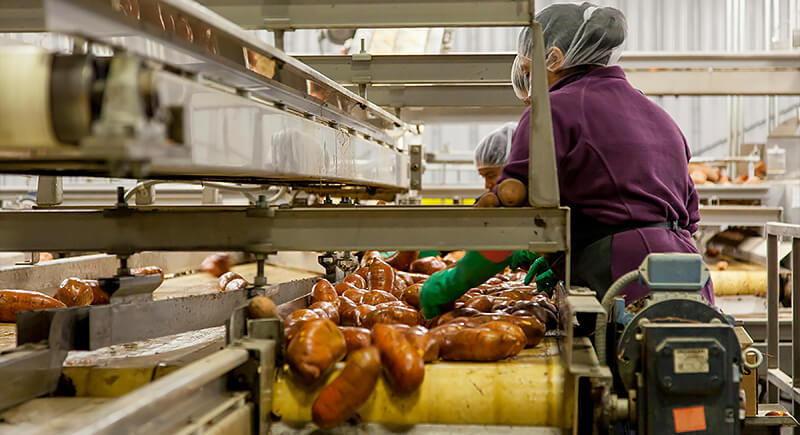
Credit: pexels
Ready-made snacks and frozen meals last for months on store shelves. They may seem convenient, but they are loaded with added sugars, refined oils, and starches instead of whole ingredients. Heavy processing takes away food’s natural nutrients, and leaves behind empty calories your body doesn’t need.
Keep It Simple With Everyday Staples
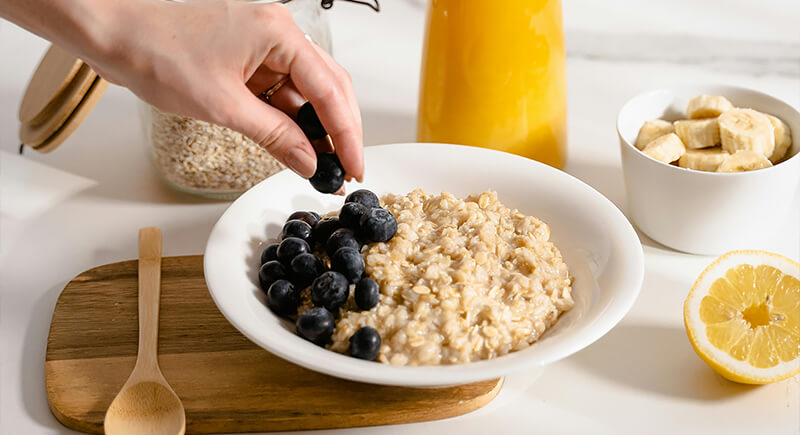
Credit: pexels
Having the basics on hand makes it easier to make healthy meals quickly, even when you’re busy. Stick to simple foods that are easy to cook, such as brown rice, plain oats, frozen vegetables, and canned beans. These options don’t have any extra sugar or salt added. They save time and serve up nutrition.
Notice How Some Foods Hook You
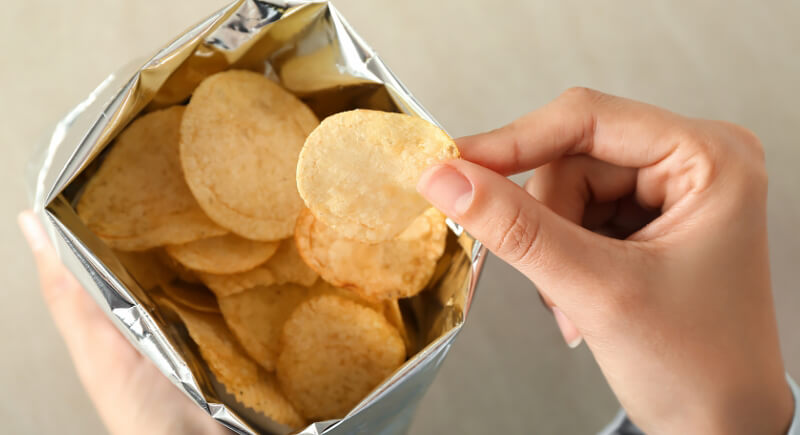
Credit: Canva
Ever felt like you “can’t stop eating” when you open a bag of chips? That isn’t an accident. Ultra-processed foods are carefully engineered with the right mix of sugar, fat, and salt to keep you reaching for more. These flavors and textures light up your brain’s reward system, which is why portion control feels impossible.
Choose Foods That Work for Your

Credit: pexels
Diets high in ultra-processed foods have been linked to weight gain, type 2 diabetes, and even certain cancers. By contrast, meals built around whole or minimally processed options — fresh vegetables, lean meats, and whole grains — give your body lasting energy, strengthen immunity, and support long-term health.
Pay Attention to New Research
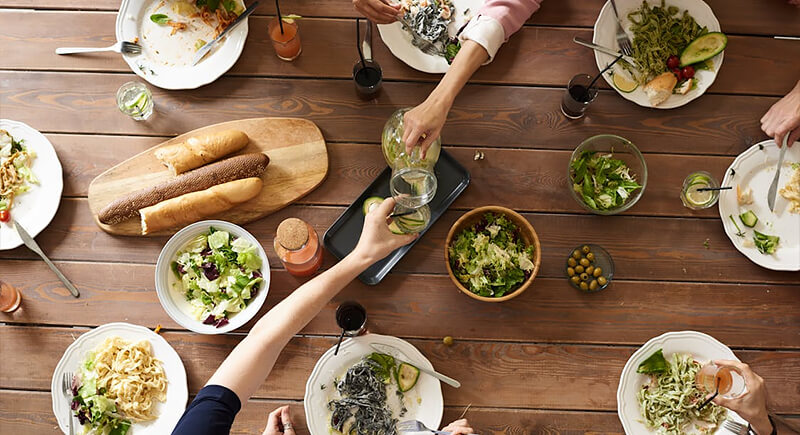
Credit: pexels
A study published in Nature Medicine looked at two groups: one that ate highly processed foods and the other that ate meals with little to no processing. All of the groups lost weight, but the minimally processed group naturally ate fewer calories and lost more fat, had better heart health, and had fewer cravings over time.
Look Beyond Calories
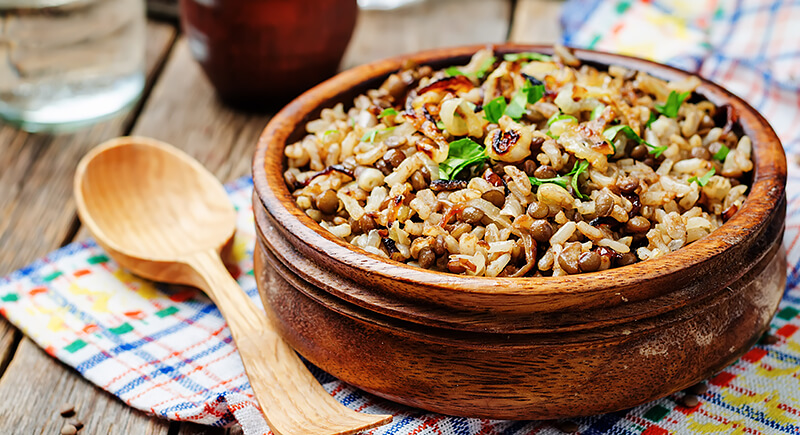
Credit: iStockphoto
Two meals can have the same number of calories but impact your body very differently. A bowl of lentils and rice offers fiber, protein, and lasting energy. A similar-calorie serving of instant noodles and soda might leave you hungrier soon after eating. Quality is just as important as quantity.
Read Ingredient Labels

Credit: Getty Images
Looking at the ingredients is the easiest way to tell if food has been overly processed. It’s ultra-processed if the list is long and includes stabilizers, emulsifiers, and artificial sweeteners. Usually, foods with short ingredient lists are healthier for you because they are closer to their natural state.
Be Careful With Processed Meats

Credit: iStockphoto
Sausages, bacon, and deli meats are popular for their convenience, but they contain curing agents, preservatives, and added flavorings. These additives place them firmly in the ultra-processed category. Always choose fresh chicken, turkey, or plain smoked fish when possible for fewer additives and a cleaner protein source.
Remember That Not All Processing Is Bad
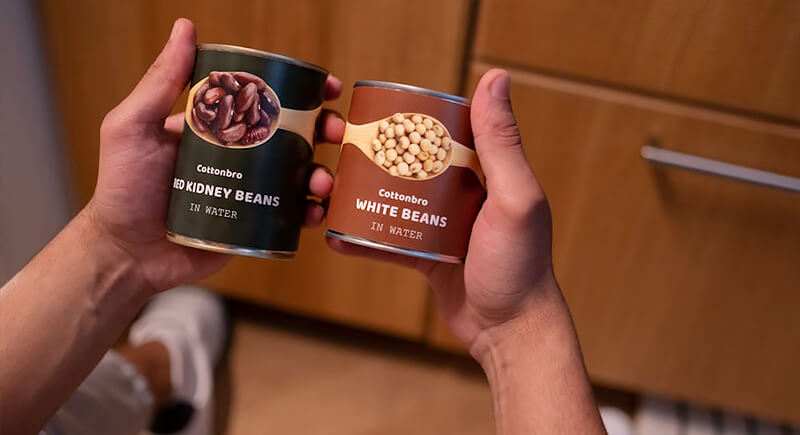
Credit: pexels
Processing isn’t always harmful. Freezing broccoli preserves nutrients and prevents spoilage. Canning beans makes them quick to cook and safe to eat. The problem arises when processing focuses on creating artificial textures and flavors instead of simply preserving food quality. If the ingredient list is lengthy, it’s best to avoid it.
Fill Your Plate With Fiber-Rich Foods
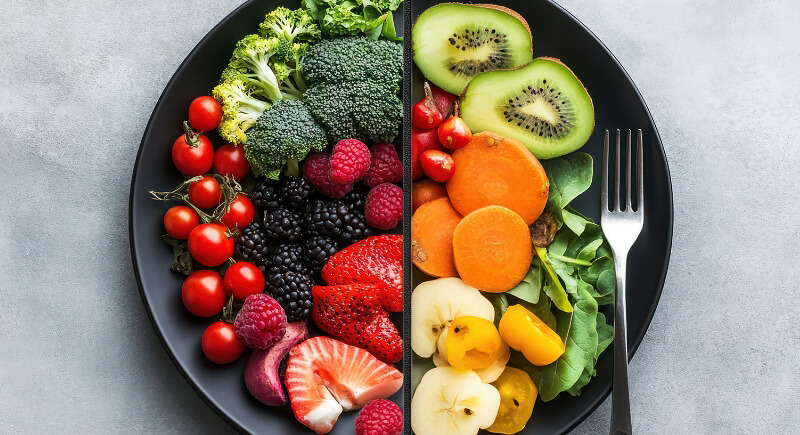
Credit: Canva
Minimally processed fruits, vegetables, and whole grains are naturally high in fiber, which keeps digestion smooth and helps control blood sugar. These foods also leave you feeling full longer, which can reduce overeating and support better weight management without strict dieting.
Make Small Swaps First
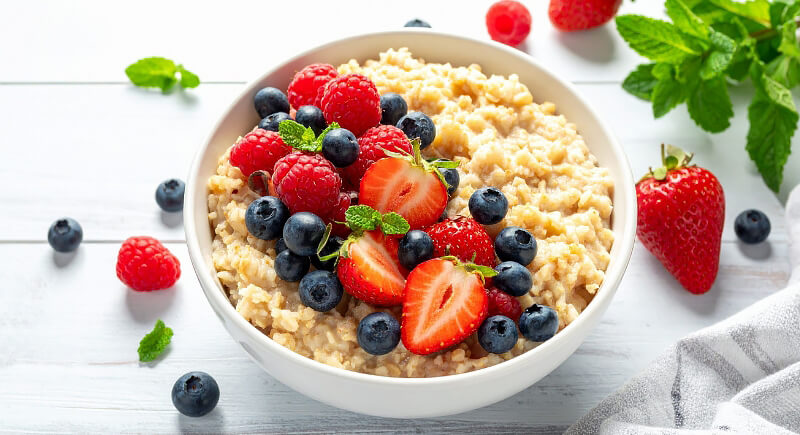
Credit: TrueCreatives
Big changes can feel overwhelming and hard to stick with. Instead, swap one ultra-processed item at a time. Try replacing sugary cereal with oatmeal topped with fresh fruit, or drink sparkling water instead of soda. These small, steady steps build lasting habits.
Keep Healthy Convenience Options Handy

Credit: Canva
Life gets busy, and cooking from scratch every day isn’t always realistic. Frozen veggies, bagged salads, and canned tomatoes are all smart, minimally processed options. Just avoid versions with added sauces, sugar, or salt to keep your meals nutritious and quick to prepare.
Build Meals Without Stress
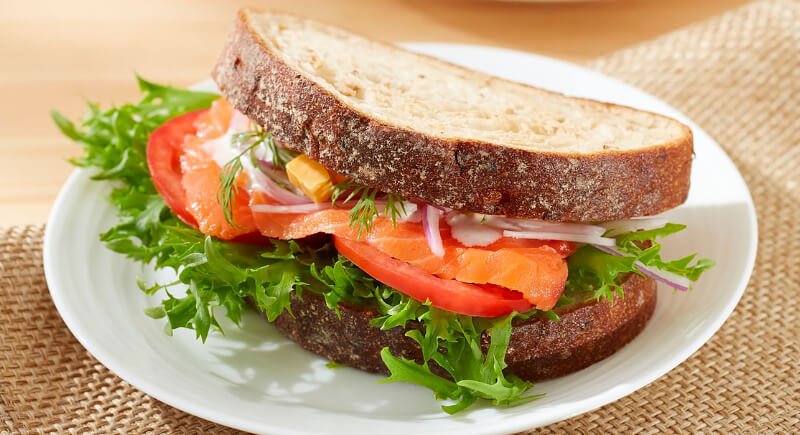
Credit: Canva
A simple way to plan meals is to include three things: a protein source, a whole grain, and a colorful serving of vegetables or fruit. This mix makes meals filling and nourishing while naturally cutting down on the need for ultra-processed extras. Make this a daily habit.
Focus on Balance

Credit: iStockphoto
You don’t have to give up all ultra-processed foods. Indulging in a favorite treat every once in a while won’t hurt your health. But it is important to make whole, minimally processed foods the foundation of your diet so the occasional indulgence doesn’t hurt you. Enjoy all your favorite fast foods, but in moderation.